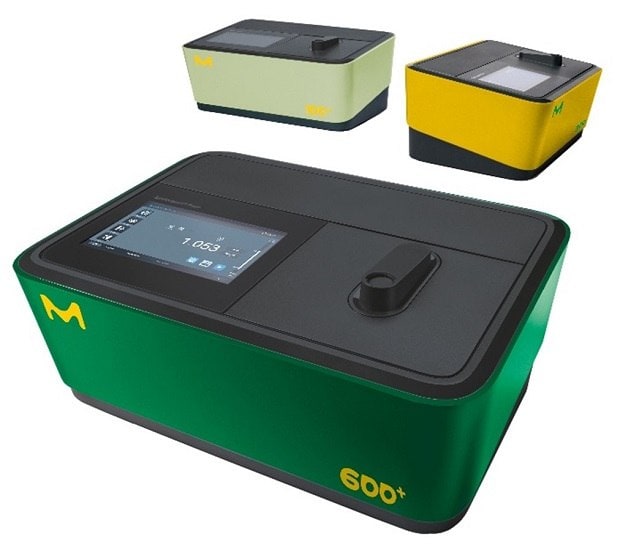Photometric Determination of Phosphate in Fertilizers Using the Phosphorus Molybdenum Blue Method After an Acid Extraction
Abstract
This protocol outlines the photometric determination of phosphate in fertilizers using the phosphorus molybdenum blue method following acid extraction. The method offers a cost-effective approach for assessing phosphate content in fertilizer samples to ensure quality and prevent issues like eutrophication caused by excessive phosphorus in the soil. The procedure uses Spectroquant® test kits and spectrophotometers for precise and reliable results.
Section Overview:

Spectroquant® spectrophotometers - Prove 100 plus, Prove 300 plus, & Prove 600 plus
Introduction
Phosphate is an anion with the formula PO43− or an ester derived from phosphoric acid (H3PO4). Phosphorus, one of the main elemental nutrients required by plants for their healthy growth and development is supplied to them naturally, majorly in the phosphate form. Phosphorus-based chemical fertilizers manufactured around the world to improve crop yield contain phosphate compounds1. Excessive phosphate in fertilizer-amended soil often leads to phosphorus-build in the soil, and consequently gives rise to the phenomenon called eutrophication. Here, harmful algal blooms impact water bodies and aquatic life in them2.
This application note details a relatively inexpensive, molybdenum blue method for determination of phosphate in fertilizers. The described photometric determination of phosphate is based on the formation of the phosphomolybdate complex after acid extraction.
It is important to analyze the content of phosphates in fertilizers to assess the quality and to use them for the crop. There are many analytical methods to determine the phosphorus concentration in a specific fertilizer sample, including atomic absorption spectroscopy for a high-accuracy analysis3.
Reagents, Instruments and Materials
Phosphate Test Kits/Reagents
For the measurement, one of the following Spectroquant® test kits is necessary:
- Spectroquant® Phosphate Cell Test (1.14543)
- Spectroquant® Phosphate Cell Test (1.14729)
- Spectroquant® Phosphate Cell Test (1.00616)
- Spectroquant® Phosphate Test (1.14848)
- Spectroquant® Phosphate Test (1.00798)
Instrument(s) & Devices
For the measurement, one of the following Spectroquant® photometers is necessary:
- Spectroquant® VIS Spectrophotometer Prove 100 Plus (1.73026)
- Spectroquant® UV/VIS Spectrophotometer Prove 300 Plus (1.73027)
- Spectroquant® UV/VIS Spectrophotometer Prove 600 Plus (1.73028)
- Spectroquant® Colorimeter Move 100 (1.73632)
Also, legacy systems
- Spectroquant® Spectrophotometer Prove 100/300/600
- Spectroquant® Photometer NOVA 30/60/60A
Software for Data transfer
- Optional Spectroquant® Prove Connect to LIMS software package (Y.11086) to transfer your data into an existing LIMS system.
Instrument Accessories
- Rectangular cells 10 mm (1.14946) and/or
- Rectangular cells 20 mm (1.14947) and/or
- Rectangular cells 50 mm (1.14944)
Other Reagents and Accessories
Experimental Procedure
Sample Preparation
- Finely grind about 30 g of the sample in a mill and homogenize it.
- Weakly boil 0.5 g of the ground sample with 25 mL of sulfuric acid at 0.5 mol/L for 15 minutes.
- Filter off the insoluble parts and wash the filter 3 times with water for analysis.
- Put the filtrate and the washings into a 1000 mL standard volumetric flask, fill up to volume with water for analysis, and mix well.
Analysis
Determine with one of the above-mentioned test kits following the instructions under “Procedure” (no digestion needed).
Calculation
Phosphate content in % = analysis value in mg/L PO43- ÷ 5
See more applications for photometry at Protocols and Application Notes
References
Pour continuer à lire, veuillez vous connecter à votre compte ou en créer un.
Vous n'avez pas de compte ?